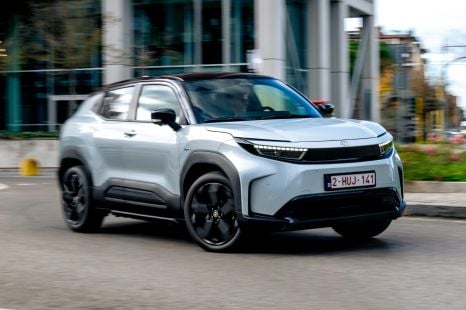

Matt Robinson
2026 Toyota Urban Cruiser review: Quick drive
6 Hours Ago
Guest User
My dashboardAlmost every new car sold today features Apple CarPlay and Android Auto. But what are the latest developments in relation to connecting your smartphone with your car?

Contributor
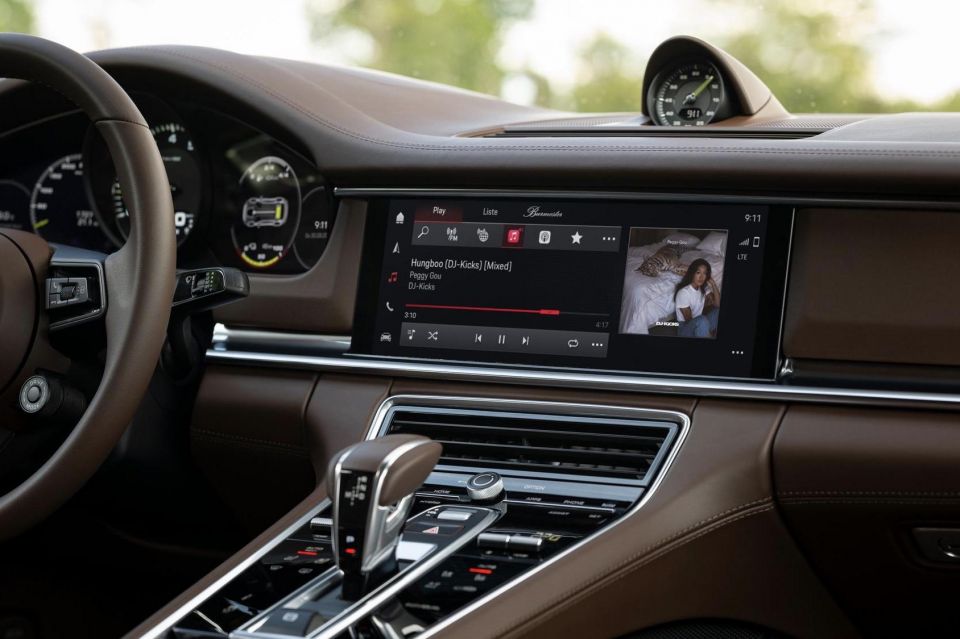

Contributor
Most new cars sold today feature Apple CarPlay, Android Auto, or both.
Known as smartphone mirroring, these systems allow your phone to project a version of their user interface onto your infotainment screen to access maps, music, messaging apps, and more.
Although Apple CarPlay and Android Auto have been around for several years, the upcoming public releases of iOS 15 and Android 12 (both in beta) will bring several improvements to how they work in the car.
Unfortunately, these improvements will not be applicable to every existing CarPlay or Android Auto implementation.
One of the most significant recent developments with Apple CarPlay is the ability to display navigation directions not just on the main infotainment screen, but also on the digital instrument cluster behind the steering wheel in compatible vehicles.
This minimises distraction by allowing drivers to see turn-by-turn directions at a glance, and brings CarPlay on a par with inbuilt navigation systems, many of which already offer something similar.
Although Apple made this functionality available way back with the launch of iOS 13 towards the end of 2019, it’s only now being implemented.
BMW was arguably the first to do it with an over-the-air update for vehicles equipped with OS 7.0 (also known as iDrive 7.0), with the launch of version 07/2020 bringing turn-by-turn directions from Apple CarPlay directly to the digital instrument cluster, as well as the head-up display.
Other manufacturers are gradually bringing this extended functionality to their vehicles.
This includes Volkswagen with models such as the ID.3 and ID.4, and Ford with upcoming models running Sync 4 software (such as the Mustang Mach E and potentially the next-generation Ranger).
iOS 15 is likely to become available for download in September alongside the launch of new iPhones.
This update brings some additional updates to CarPlay. Perhaps most useful is a dedicated new Driving Focus mode, an upgrade to the previous ‘Do Not Disturb While Driving’ feature.
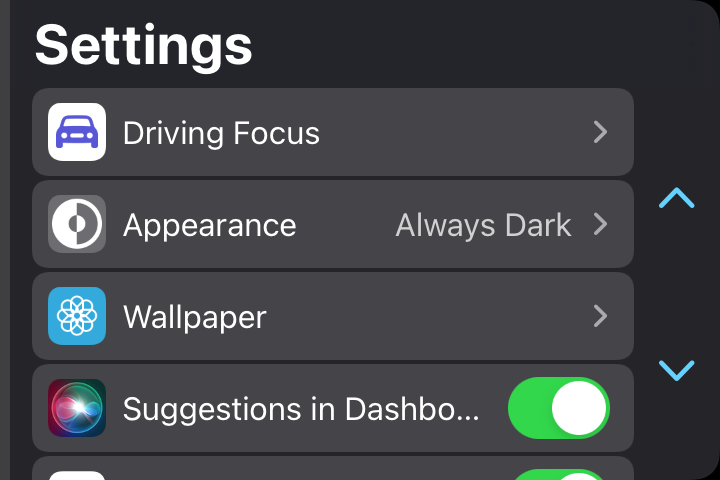
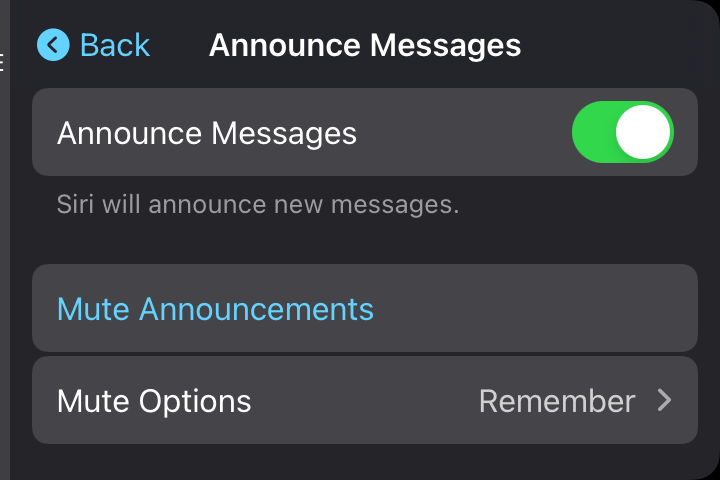
Driving Focus offers several improvements, including the ability to automatically share a status you’re driving with contacts in iMessage and configure which apps and contacts can send notifications, calls, or messages.
Siri also gains the ability to announce messages automatically as they are received, rather than having to manually tap a notification each time.
The Apple Maps experience through CarPlay in iOS 15 has also been upgraded with more detail and better graphics, but it’s geared towards international cities such as New York and London.
It’s uncertain when Australian users will receive the same experience. Cosmetically, iOS i5 also brings new wallpapers for drivers.
Apple launched CarKey with iOS 14, allowing owners of compatible vehicles (such as recent BMW models) to unlock or start their car by holding it next to the door handle.
iOS 15 improves on this by bringing support for ultra-wideband (UWB) to CarKey using the U1 chip in recent iPhones.
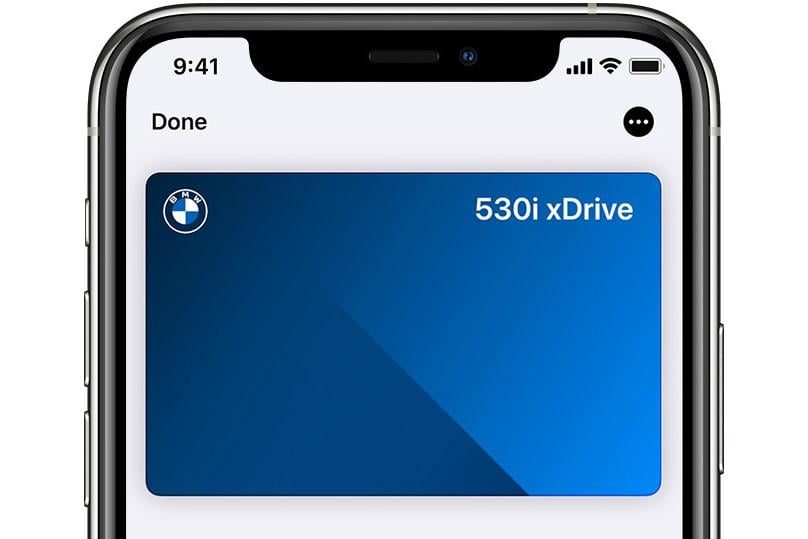
This allows users to unlock and start their cars without having to take their phone out of a bag or pocket, and also prevents the car from locking if your phone is inside.
Porsche owners will be happy to know its infotainment partnership with Apple has been expanded.
Launching in the Taycan, native Apple Music and Apple Podcast integration (use of these services without connecting your phone) will expand with the launch of the new PCM 6.0 infotainment system in soon-to-be-updated 911, Cayenne, and Panamera models.

Similar to instrument cluster support in Apple CarPlay, Android Auto now also supports turn-by-turn navigation in the instrument cluster and head-up display, with BMW again one of the first to support it across models featuring OS 7.0.
For vehicles without a central infotainment display or native infotainment system that supports Android Auto, Google has an alternative solution named ‘Android Auto for phone screens.’
The is drivers can mount their phones on the dash (or windscreen) and it will present an Android Auto-like UI, similar to the one that would otherwise be projected through the car’s main infotainment screen.
On phones updated with Android 12, this has now been replaced with ‘Google Assistant Driving Mode’, which is enabled through the Google Maps app on phones.
For previous versions of the Android OS, users will likely retain a choice between continuing to use the ‘Android Auto for phone screens’ app or the Google Assistant driving mode (supported on phones running Android 9.0 or later), and also includes Android Auto-like features such as an app launcher suitable for in-car use.
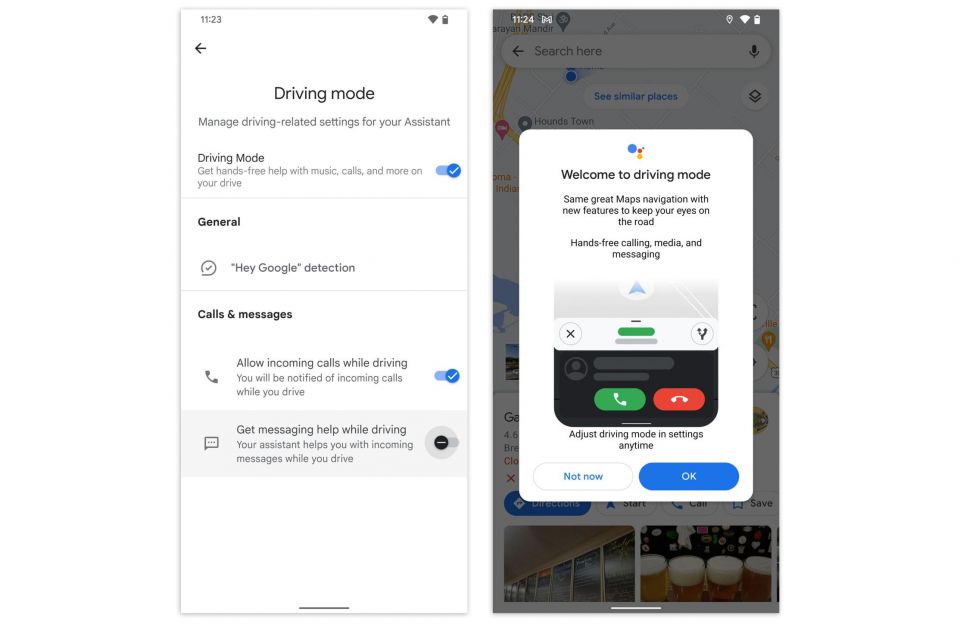
Android 12 brings other improvements to the standard Android Auto experience.
In order to use Android Auto for the first time, an initial connection currently must be made using a cable between the phone and the car’s USB port, even to use wireless Android Auto.
With Android 12, Fast Pair support means for compatible vehicles (which potentially includes those already supporting wireless Android Auto), users simply have to activate Bluetooth and tap the pair button.
Android Auto will then work wirelessly automatically for subsequent use.
Similar to Apple, Android 12 also brigs Digital Key Support, including integration of ultra-wideband technology for suitably equipped phones.


Matt Robinson
6 Hours Ago
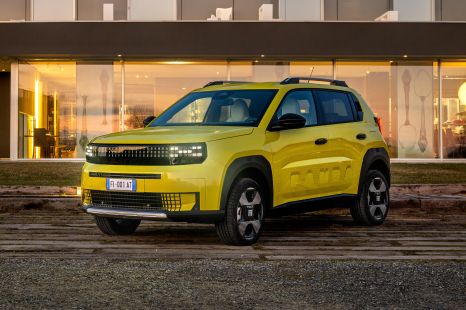

Damion Smy
16 Hours Ago


William Stopford
17 Hours Ago


Ben Zachariah
18 Hours Ago


James Wong
18 Hours Ago
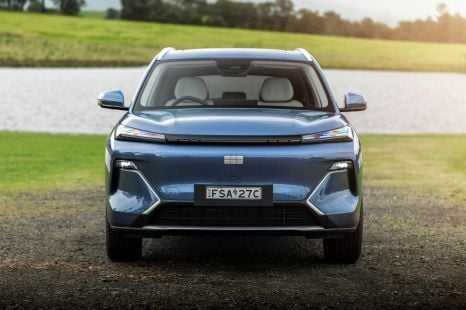

James Wong
22 Hours Ago